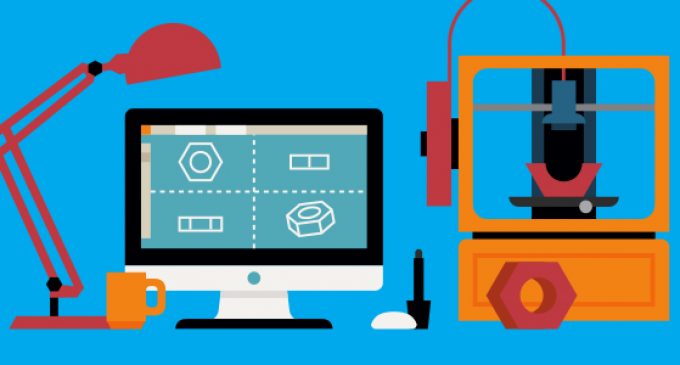Is EPR Still Hot?

Business software, accounting, workflow, process management and MRP. There was a time when we’d shout it from the rooftops, but nowadays, we’re less inclined to make that much noise. For some of us, these terms, albeit, part of our lexicon, are enough to make us dizzy, or perhaps even put us to sleep.
It was probably a decade ago that everyone dreamed of fortune and glory. Those who dreamed big, got there and those who dreamed small, graced the back pages of PC Magazine. No matter what, one thing was certain – the industry’s top developers and creative thinkers were rarely lured away from lucrative and exciting positions by Enterprise Resource Planning (ERP) software companies. That’s right. Back then, nothing was particularly hot about ERP. Hot was a faster download, a one-click-away, a 3D virtual over-the-top online game where first prize meant that you lived through an attack on your planet.
Fast-forward 10 years. What’s changed? Nothing. Nothing and everything. But with world economies still teetering towards recovery and companies streamlining their business processes, everybody’s looking at ERP software solution providers. They’re still looking to abide by best practices, reduce operational costs, trim resources and manpower and let ERP pick up the slack, as it were. Since developers are still challenged to create better products, incorporate new features and give customers better-stronger-faster options, little by little…
ERP is kinda’ still… hot. And for corporations, developers and consumers, that’s what sells.
What makes software or technology hot? Historically that would be design and technology, but for business software, it’s different. Software’s focus has always been and, still is, based on four distinct traits: functionality, reliability, stability and availability. No, we’re not saying anything new. In fact, we’re not saying anything at all. But more and more ERP developers are tapping new technologies and incorporating them more quickly than ever before. This is driven by better tools, enhanced technology and customer demands – especially customer demands. With more people using VoIP and social networking for business, for example, it was just a matter of time before vendors added functionality to support these tools in their ERP systems.
ERP quickly rose to center stage, right up there with cloud computing and SaaS, not to mention an overwhelming welcome to first cousin, hybrid. With non-stop new design and graphic options, more intuitive UIs and an enhanced user experience, ERP software has become more attractive and easier to use. Now, with some, that it’s mobile, on the web, in the cloud, on your phone, it’s forever accessible anywhere, any time.
Even as this post is being typed, ERP is becoming hotter with more options. Some have said that ERP options are only limited by as far as you can think. As long as you can vouch that the traditional aspects of the system are sound (functionality, reliability, scalability and availability), you can look for a product that literally excites users and promotes adaptation within your organization. Employees who can control their own experience will have a personalized sense of ownership in the system and they’ll be more inclined to use it and make the best use of it.
Companies should look for vendors who are excited about their products, not only for what’s in place on the day you evaluate it, but in terms of what innovations and developments they have in the pipeline. ERP vendors should listen to their customers and help them manage the processes they’ve already honed in on, but more importantly, they should be able to challenge them to do things better. ERP should be about empowering companies and individual users and not forcing them to make do with inferior technology and products that look and feel outdated.
Solving business problems and streamlining are the driving forces behind most ERP sales, but there’s no reason that ERP can’t be exciting and inviting – and the user experience empowering. And that’s hot.



























